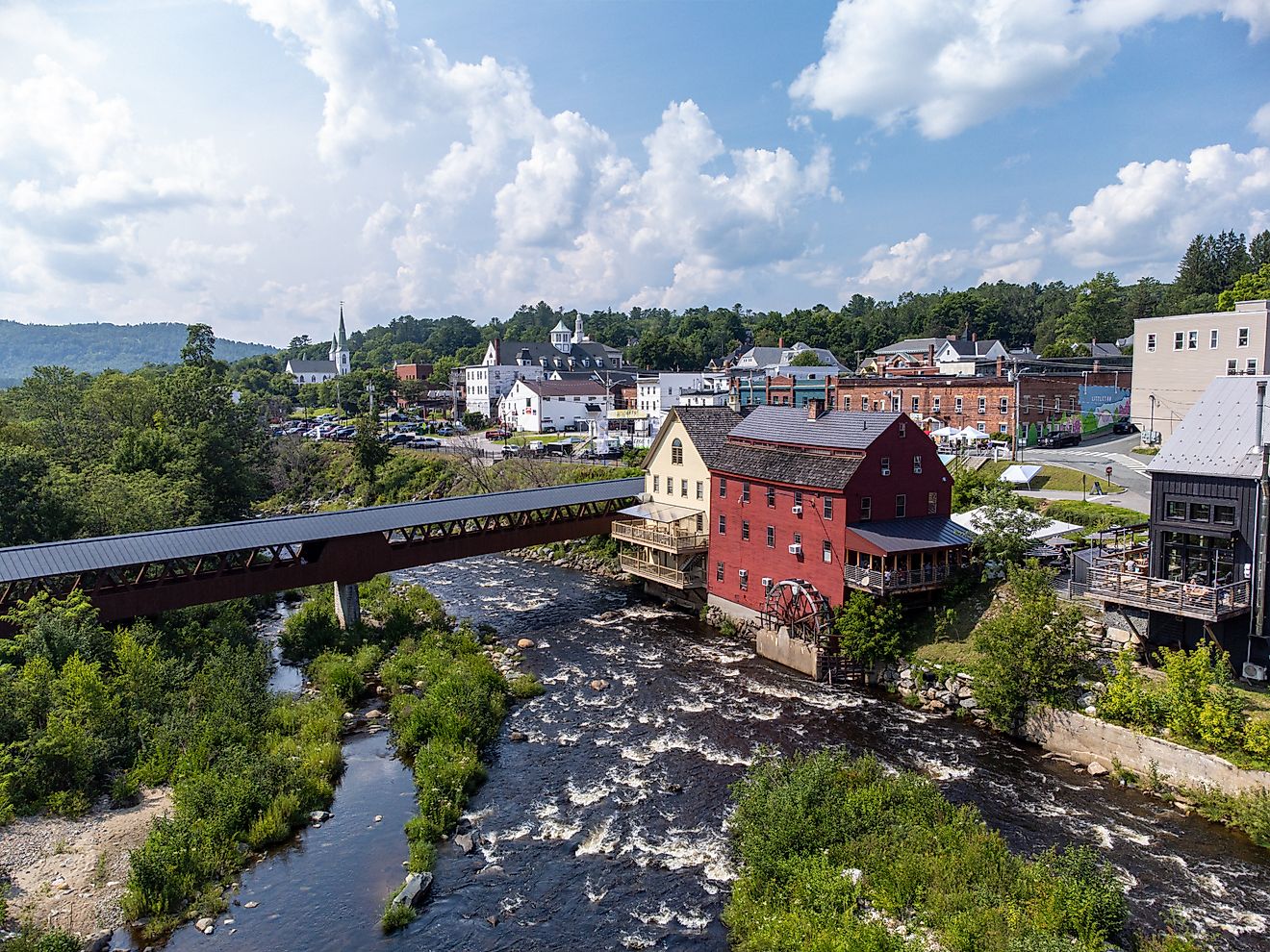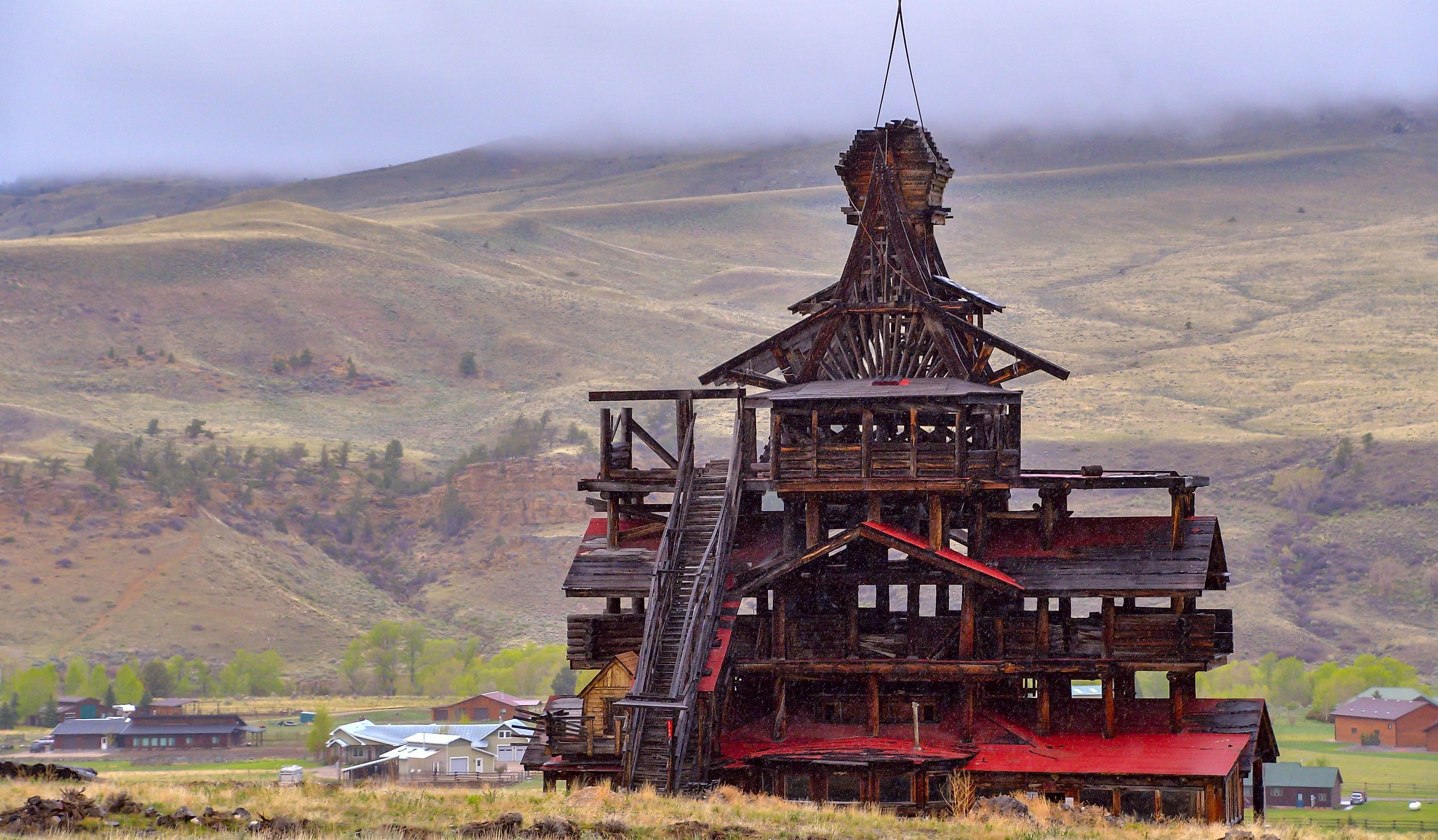
10 Strangest Landmarks in Wyoming
Wyoming is best known for Yellowstone National Park and Devil's Tower, but there’s much more to the state than its famous landmarks. Its landscape stretches from the towering Tetons to open plains filled with pronghorn, reflecting a history shaped by Native American heritage, pioneer trails, and the legends of the Wild West.
While millions visit its well-known sights, Wyoming also has some truly strange and fascinating places that are anything but ordinary. These unusual landmarks stand out not just for their appearance but for the stories and mysteries surrounding them. Some challenge our understanding of nature, while others hold deep historical significance. Take Heart Mountain, for example - a striking geological formation that also served as a Japanese American internment camp during World War II.
Then there’s the eerie Killpecker Sand Dunes, where shifting sands seem to hum with the wind. Even Devil's Tower, despite its fame, remains a place of mystery, tied to Native American legends and scientific debate. Exploring these lesser-known sites reveals a side of Wyoming that goes beyond the usual postcards and deep into the state’s unexpected history. That aside, here are the strangest landmarks in Wyoming.
Heart Mountain

Heart Mountain is an 8,123-foot peak between Cody and Powell, Wyoming. What makes it unusual is the way much older rocks ended up on top of younger ones, a result of a rare geological process called an overthrust fault. Scientists are still studying how this happened, but it’s clear the mountain holds important clues about the region’s past.
Beyond geology, Heart Mountain carries a deeper historical weight. During World War II, thousands of Japanese Americans lived in internment camps, and one of those camps was built here. Today, the Heart Mountain Interpretive Center stands as a reminder of that era, sharing the stories of those who lived through it.
Killpecker Sand Dunes

North of Rock Springs, Wyoming, the Killpecker Sand Dunes form one of the biggest active sand dune fields in North America. Shaped over thousands of years by wind and water, these dunes stretch for miles, creating a constantly shifting landscape. Beyond their dramatic appearance, the dunes are a hotspot for outdoor adventure. Off-road vehicle riders flock to the area to test their skills on the challenging sandy slopes.
Hikers and nature lovers can explore the ever-changing dunes while taking in views of Boar’s Tusk, a towering volcanic rock formation that stands out against the sandy backdrop. The dunes are also home to different plant and animal species that have adapted to this harsh yet beautiful environment.
Devils Tower National Monument
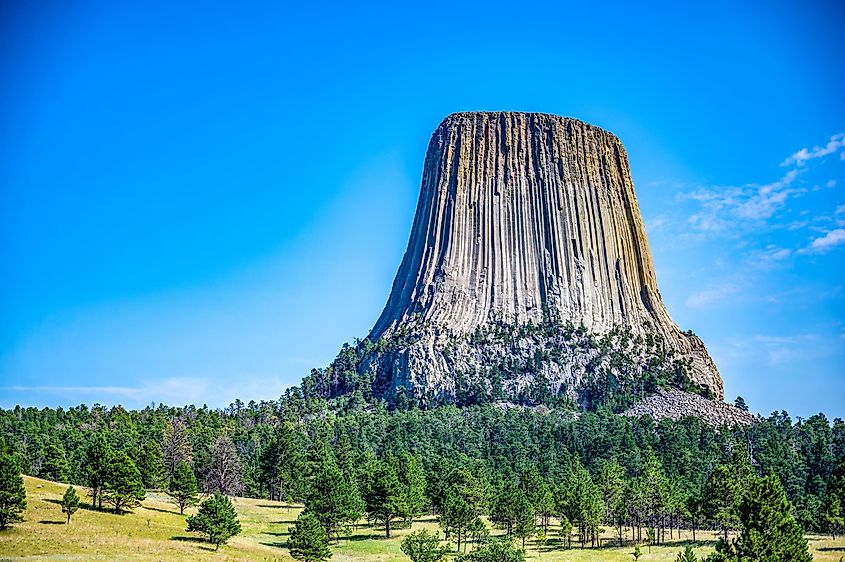
Devil's Tower National Monument rises from the plains of northeastern Wyoming, standing 867 feet tall from its base. This massive rock formation was created millions of years ago when molten magma cooled and cracked into tall, vertical columns. Over time, erosion wore away the surrounding landscape, leaving the Tower standing alone as a striking natural wonder. Its unusual shape and towering presence have made it a must-visit destination for nature lovers and photographers.
President Theodore Roosevelt declared Devil's Tower the first U.S. National Monument in 1906. For generations, many Native American tribes have considered the Tower a sacred site, weaving it into their traditions and legends. Today, it’s also a popular challenge for rock climbers who test their skills on its steep columns.
Sinks Canyon

Sinks Canyon, near Lander, Wyoming, is a place where nature pulls off a fascinating trick. The Popo Agie River flows along its rocky path, only to suddenly disappear into a limestone cavern called "The Sinks." Instead of following a clear underground route, the water twists and turns through hidden passages before reemerging downstream at "The Rise."
Scientists have tried tracing its exact path, but the river's underground journey remains a mystery. This unusual phenomenon is the highlight of Sinks Canyon State Park, where visitors can stand at the edge of The Sinks, watch the rushing water vanish, and then hike downstream to see it bubble back up. The park is also home to rugged cliffs, scenic trails, and plenty of wildlife.
Castle Gardens Petroglyph Site
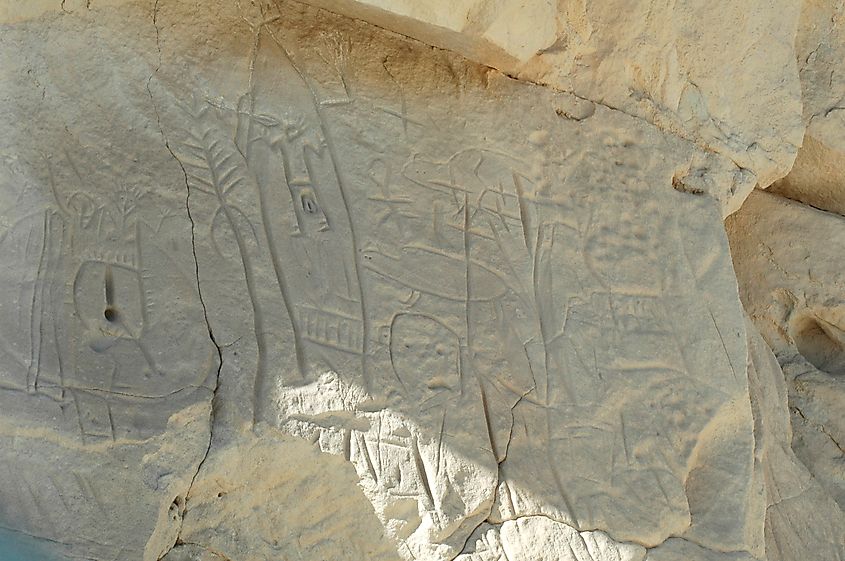
Castle Gardens Petroglyph Site in central Wyoming is known for its unique rock carvings and striking sandstone formations. Wind and water have shaped the rock into castle-like towers, making it a dramatic setting for the ancient petroglyphs left behind by Native American tribes. These carvings, created hundreds of years ago, include symbols and figures whose meanings are still studied by researchers today.
The petroglyphs provide a glimpse into the lives of the people who once lived in the region. While their exact purpose is unknown, they likely held spiritual or cultural significance. Walking through Castle Gardens, visitors can see the craftsmanship and storytelling skills of the past, preserved in stone. The site remains an important link to Wyoming’s indigenous history and a fascinating place for anyone interested in archaeology and ancient art.
Parting of the Waters
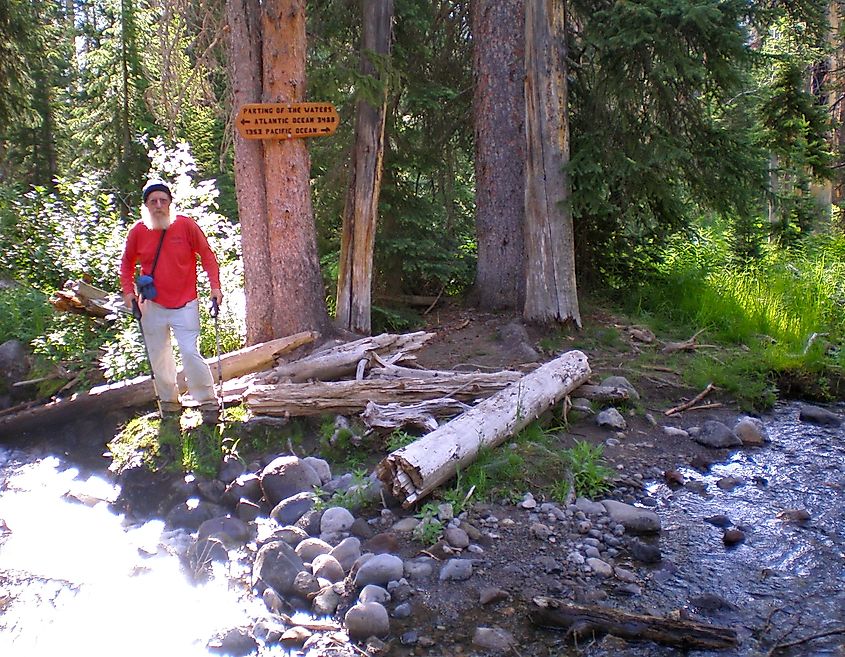
The Parting of the Waters in the Teton Wilderness is a rare natural occurrence where a single creek splits into two, sending its waters to separate oceans. North Two Ocean Creek divides at this point, with one fork flowing eastward into the Atlantic and the other heading west toward the Pacific. This spot is one of the few places in the world where you can literally stand with one foot in the waters of the Pacific and the other in the Atlantic.
It’s a simple but striking reminder of how interconnected the world’s waterways are. Beyond its geological uniqueness, the surrounding Bridger-Teton National Forest offers plenty to explore. Depending on the season, visitors can go horseback riding, skiing, or even floating down the Snake River. Wildlife is abundant, with bison, wolves, elk, and other creatures roaming the area.
Ames Monument
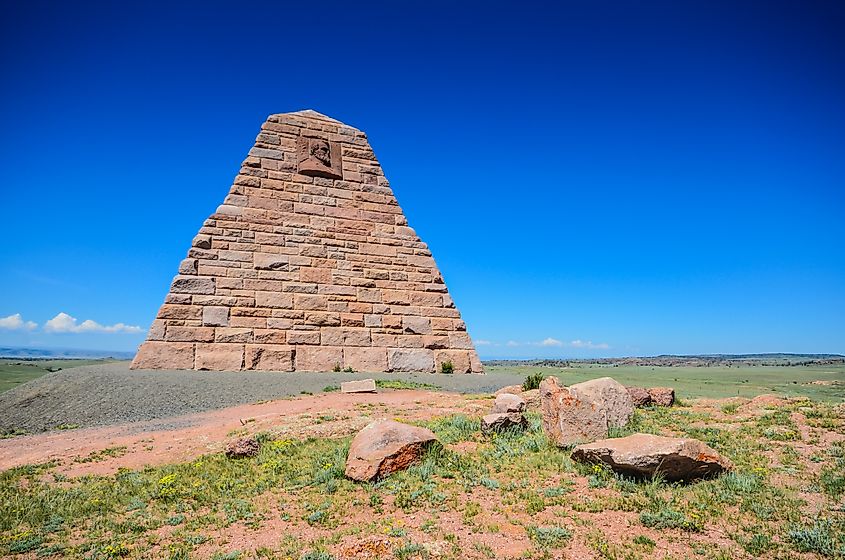
The Ames Monument stands tall at 60 feet in Wyoming, near Laramie, as a tribute to Oakes and Oliver Ames, two brothers who financially supported the construction of the Union Pacific Railroad. Completed in 1882, this granite pyramid marks the highest point along the original transcontinental railroad route, symbolizing the engineering achievements of the 19th century. Designed by the famous architect H.H. Richardson, the monument features his distinctive Romanesque style, though it’s uniquely monumental in scale.
While Wyoming is known for many natural landmarks, the Ames Monument stands out with its striking pyramid shape. It's one of the few pyramids in the U.S., making it a must-see spot for travelers. Though the railroad no longer runs through this area, the monument remains a lasting symbol of the railroad's role in shaping the West. The pyramid is hollow, with pathways inside, but following restoration work in 2010, entry inside the monument is no longer allowed.
The Smith Mansion
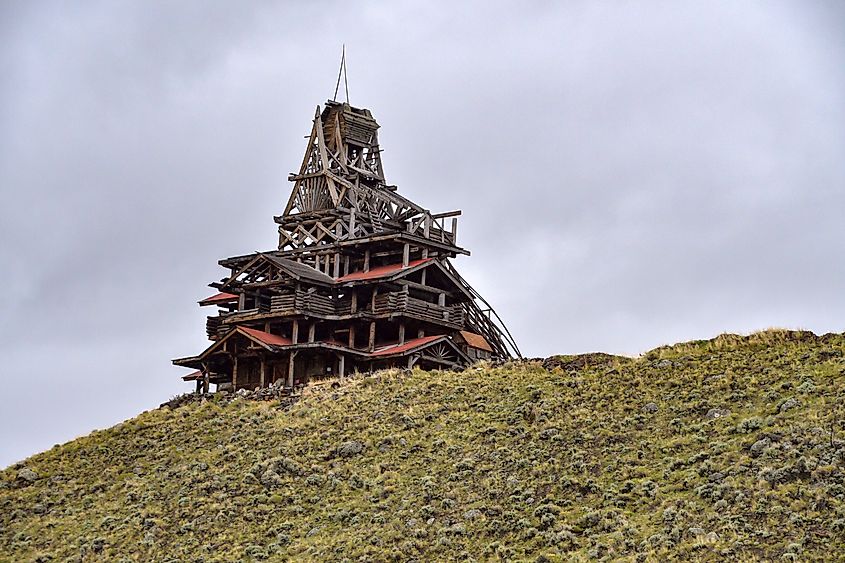
The Smith Mansion, an unusual wooden structure perched in Wapiti Valley, stands out with its multi-level design and numerous balconies. Built by engineer Lee Smith, the mansion is anything but ordinary. Lee spent decades adding to the home, using found wood to gradually expand its size well beyond the typical log cabin. The project, which he worked on mostly alone, remained unfinished when he passed, but it remains a striking example of his dedication and unique approach to construction.
Unlike most log cabins, which are small and simple, the Smith Mansion is large and complex, sparking curiosity about its purpose. Local legends have speculated about the reasons behind its unusual design, from it being a joke to the possibility that it was built over a mine shaft. After Lee Smith’s death, the house changed ownership several times and is no longer open to the public for tours. However, visitors can still spot it from the road on their way to Yellowstone, where the mansion stands surrounded by a stunning natural backdrop.
Boar’s Tusk
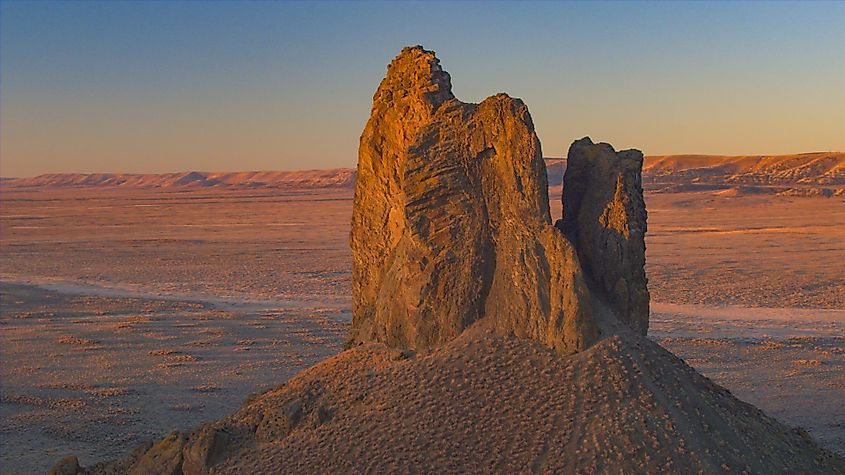
Boar's Tusk is a volcanic formation in southwestern Wyoming, rising 400 feet above the surrounding terrain. It is the core of an ancient, extinct volcano that has been eroded over time, leaving behind a striking, jagged spire. Located near the Killpecker Sand Dunes, this geological feature stands out in the flat landscape and is visible for miles. The Tusk holds cultural significance for several tribes, who have long considered it a key part of their heritage.
Its imposing presence has likely inspired respect and reverence for generations. For those looking to explore Boar's Tusk and the surrounding Red Desert, four-wheel-drive vehicles are recommended. The formation, also called the Sentinel or Rock Point, is one of Wyoming's two major volcanic landmarks, the other being Devils Tower in the northeastern part of the state.
Jackalope Square
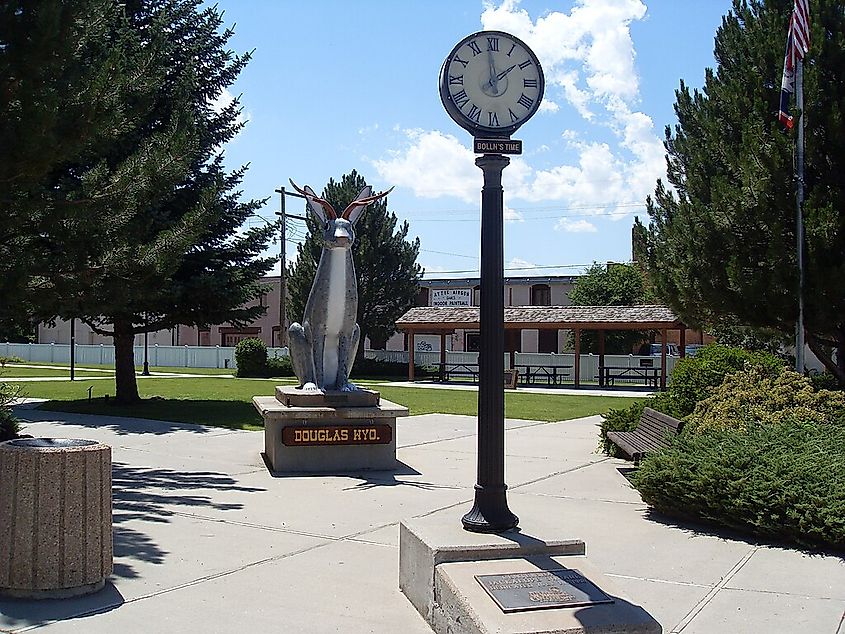
Jackalope Square, located in Douglas, Wyoming, is a public space that celebrates the town’s quirky local legend. At the heart of the square stands a statue of the jackalope, a mythical creature said to be a mix of a jackrabbit and an antelope. The statue is not just a piece of art but also a tribute to the town's embrace of its folklore. Douglas honors this creature, which is said to have originated from the imaginations of two taxidermists.
Though the statue may be a man-made landmark, it’s a reminder of a creature locals swear exists in the wild, even if it's elusive and hard to spot. Jackalope Square, in the heart of downtown Douglas, is a great place to relax with its green space, seating, and perfect picnic spots. While you’re there, don't miss a visit to the Douglas Railroad Museum to learn more about the area’s history. Whether you're a folklore enthusiast or just passing through, Jackalope Square offers a charming stop.
Wyoming’s most famous landmarks may steal the spotlight, but the state’s strangest sites reveal a deeper, more unexpected side of its landscape and history. From natural wonders like the Parting of the Waters and Sinks Canyon to man-made curiosities such as the Smith Mansion and Ames Monument, each place tells a unique story. These landmarks are more than just stops on a road trip - they’re windows into Wyoming’s geology, cultural heritage, and local legends.



